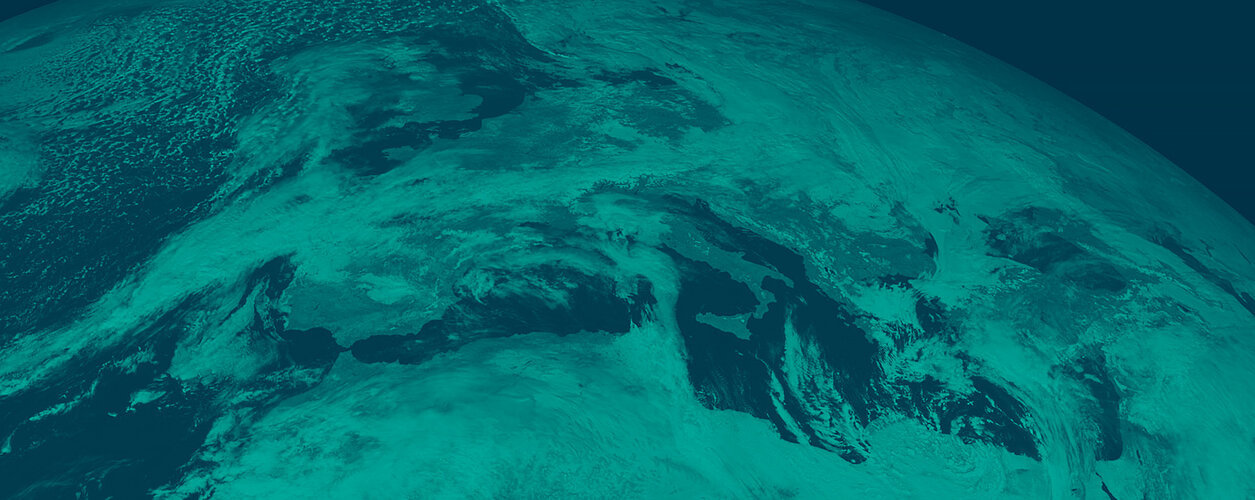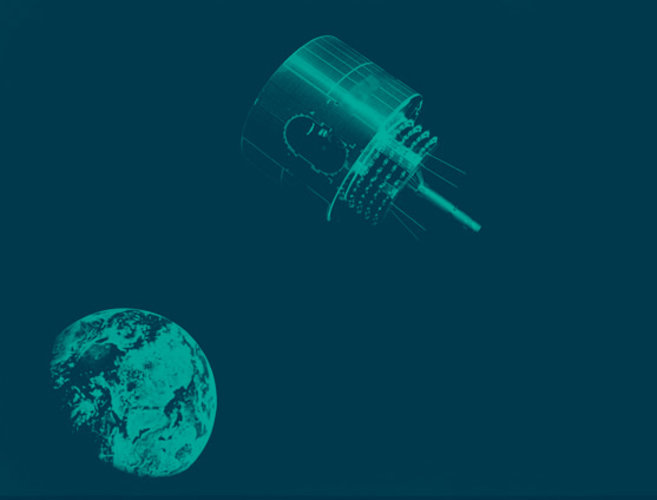Solid heritage
Europe’s first weather satellite, Meteosat-1, took its place in space on 23 November 1977. It was also ESA’s first Earth observation mission. The satellite not only provided information on cloud cover and weather fronts, but also infrared imagery showing temperatures and the distribution of water vapour in the atmosphere.
Another six first-series Meteosat satellites were launched between 1981 and 1997 and then four Meteosat Second Generation (MSG) satellites were launched between 2002 and 2015. Thanks to these missions, meteorologists have had a reliable and continuous data supply for nowcasting and very short-range forecasting. Returning detailed imagery of Europe, Africa and the Indian Ocean every 15 minutes, the role of these missions is to help detect and monitor rapidly developing high-impact weather such as storms with direct benefits, including early warnings of severe weather events, for citizens and sectors such as transport, agriculture and marine operations.

In 1995 control of the Meteosat satellites in orbit was passed to the European Organisation for the Exploitation of Meteorological Satellites (Eumetsat). This cooperation between the two agencies continues today where ESA develops MTG satellites fulfilling the requirements of Eumetsat (defined by the meteorological community) and procures recurring satellites on its behalf. Eumetsat procures all launch services, develops the full ground infrastructure and integrates and validates the full system. Eumetsat then operates the satellites, retrieves and processes the data and exploits the system to benefit of weather forecasting and climate research, in conjunction with the many national weather organisations and the US National Oceanic Atmosphere Administration, NOAA.
The MSG satellites carry a pair of instruments — the Spinning Enhanced Visible and Infrared Imager (SEVIRI), which observes the Earth in 12 spectral channels and the Geostationary Earth Radiation Budget (GERB) instrument, a visible-infrared radiometer for Earth radiation budget studies.
Meteosat-11 (MSG-4) is currently the prime operational geostationary satellite, providing full disc imagery every 15 minutes. It also provides search and rescue monitoring and data collection platform relay service.
Meteosat-10 (MSG-3) provides the rapid scanning service, delivering more frequent images every five minutes over parts of Europe, Africa and adjacent seas. It also provides search and rescue monitoring.

Meteosat-9 (MSG-2) provides a backup service to Meteosat-11 full Earth scanning and a gap-filling service to Meteosat-10 rapid scanning. It also delivers data coverage service over the Indian Ocean.
Meteosat-8 (MSG-1) was retired in July 2022.
The Meteosat Third Generation mission will ensure continuity with, and enhancement of, MSG’s capabilities with respect to nowcasting, global and regional numerical weather prediction, climate and atmospheric chemistry monitoring. It will provide Europe’s national meteorological services and, by extension, the international users and science community, with an advanced operational satellite system, providing higher resolution imaging and a state-of-the-art infrared sounding capability for vertical profiling of the atmosphere from geostationary orbit.
The mission is thanks to continued collaboration between ESA and Eumetsat.








